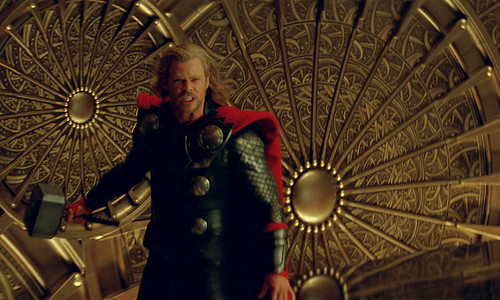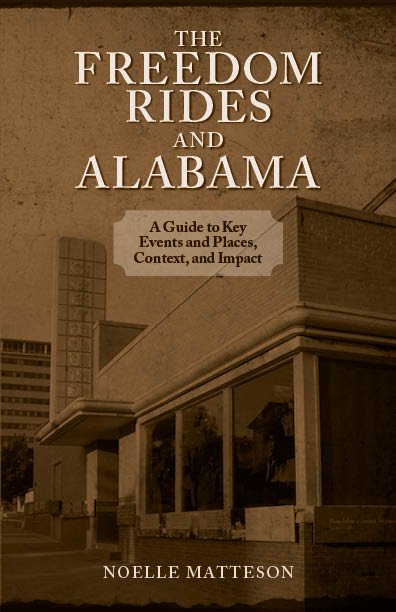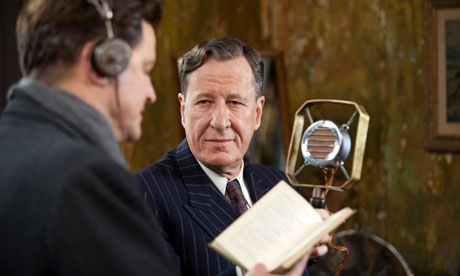Kate Bernheimer’s ambitious brainchild My Mother She Killed Me, My Father He Ate Me is a mostly delightful compilation of fairy-tale-inspired stories. The contributors include authors from Russia and Japan and widely recognizable names such as Joyce Carol Oates and John Updike. Narrative styles are just as varied. Some are simple retellings; others contain only a wisp of the original fairy tale.
Kate Bernheimer and Gregory Maguire set the stage with their introductions. One can simply flip to the back of the book to learn more about the authors or to the table of contents for a list of stories and their origins. Each story has a brief afterward by the authors describing their inspirations. With such care given to selecting talented authors from around the world, it is surprising that no African tales are featured.
A few of these yarns don’t work without knowledge about their sources. Many of these writers milk the graphic grimness of tales for all they are worth, with results both memorable and tedious. Several stories are so disjointed they lose their purpose, and others feel too self-conscious.
On the whole, though, the creativity makes for a fascinating read. Here are a few of the book’s highlights. [Note: I unintentionally tended to lean towards the more realistic stories.]
Francine Prose’s take on “Hansel and Gretel” depicts a young woman’s visit to a wild artist’s Vermont home. This artist is her husband’s ex-girlfriend’s mother.
“The Warm Mouth” by Joyelle McSweeney is a nightmarish interpretation of “The Bremen Town Musicians.” A “mouth” collects diverse items such as dead bodies and road kill. This horrifying tale is reminiscent of a sickening dream.
“Dappelgrim” by Brian Evenson is a simple, Freudian retelling of the original, a dark story about a monstrous horse and its master – or is the horse the master?
“What the Conch Shell Sings When the Body Is Gone” by Katherine Vaz is one of this book’s best. This poignant meditation on marriage, friendship, and life shifts “The Little Mermaid” to the present day by focusing on a couple of cooks who are obsessed with water.
“Pleasure Boating in Lituya Bay” (based on the Italian “Jump into My Sack”) by Jim Shepard may be the jewel in this collection. This searing short story connects the narrator’s detachment from his life to earlier traumas, and his marital tension to the tension in Alaska’s unstable Lituya Bay.
“The Color Master” (Perrault’s “Donkeyskin”) by Aimee Bender is a lighter, more fanciful story about a group whose job is to seek and mix colors for royalty.
“A Case Study of Emergency Room Procedure and Risk Management by Hospital Staff Members in the Urban Facility” by Stacey Richter is an amusing version of “Cinderella” as told in medical records. Here princesses are drug addicts, and evil princes are dealers.
“Psyche’s Dark Night” (Cupid and Psyche) by Francesca Lia Block is a straightforward and romantic tale of an uncertain and aching love between an aspiring actor and a school teacher.
“The First Day of Snow” (“A Kamikakushi Tale”) by Naoko Awa is a short and somewhat mesmerizing tale about a girl who tries to free herself from the march of the “snow rabbits.” It’s difficult to get their chant, “one foot, two feet, hop, hop, hop,” out of one’s head.

































